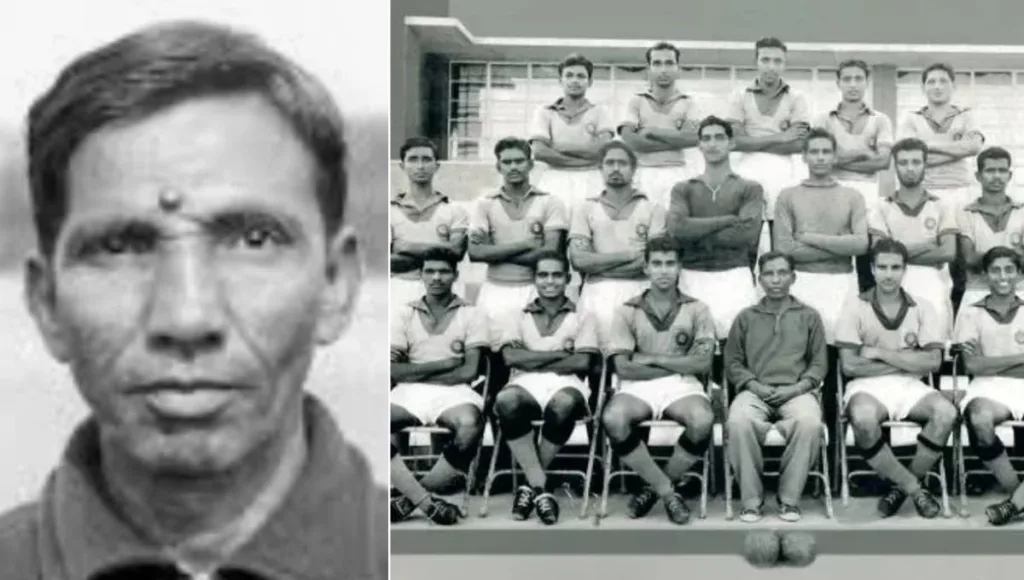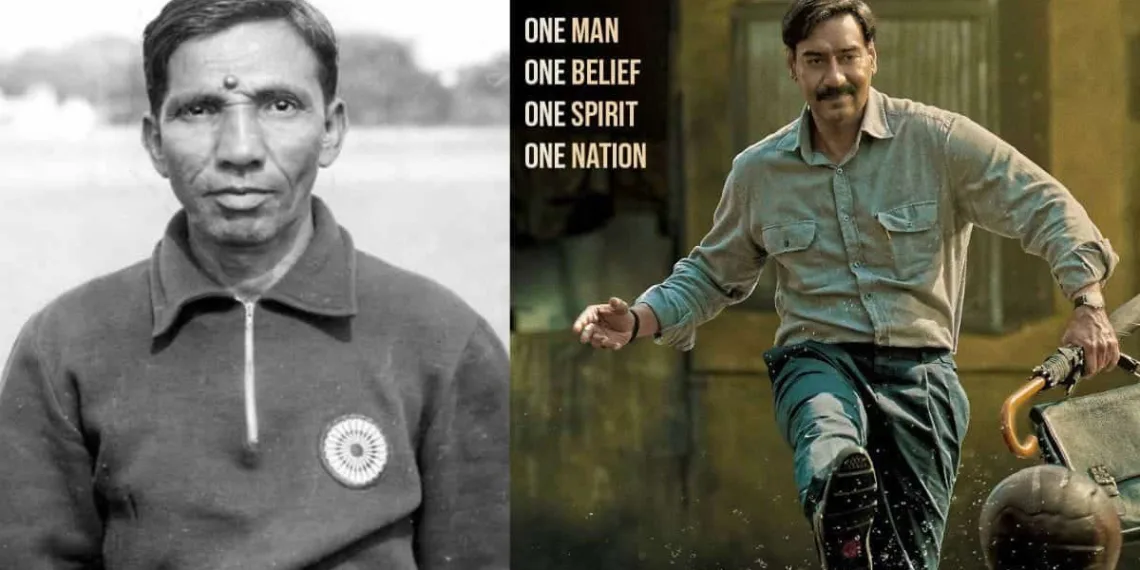In Indian football, there’s someone whose name isn’t as famous as today’s stars, but his impact is huge. Syed Abdul Rahim was born on August 17, 1909, in Hyderabad. He played a big part in improving Indian football during the second half of the 20th century. Even though not everyone talks about him, his life story is now being told in the recent Bollywood movie ‘Maidaan,’ released on April 10, 2024. In the film, Ajay Devgn plays his character, directed by Amit Sharma. Let’s take a closer look at Syed Abdul Rahim’s life and what he achieved, which earned him the title of the mastermind behind the ‘Golden Age of Indian Football.’
Syed Abdul Rahim’s Early Years
Syed Abdul Rahim embarked on his football journey as a player for various college teams. However, it was in the realm of coaching that Rahim truly found his calling. Transitioning to coaching in 1943, he assumed leadership roles at different institutions, including the Hyderabad Football Association and the Hyderabad Police Team. Rahim’s managerial acumen soon became apparent as he guided his teams to multiple victories in prestigious tournaments such as the Rovers and Durand Cup.
The Architect of the ‘Golden Age of Indian Football’

Rahim’s tenure as the coach of the Indian football team, spanning from 1950 to 1963, marked a period of unparalleled success for the nation. It was during this time that India clinched two gold medals in the Asian Games, in 1951 and 1962 respectively, heralding what came to be known as the “Golden Age of Indian Football.” Despite India’s initial refusal to participate in the 1950 FIFA World Cup, citing various reasons including the absence of proper preparation, they swiftly rose to prominence on the Asian football stage.
Revolutionizing Tactics and Achieving Milestones
Syed Abdul Rahim’s innovative tactics and emphasis on skilful play revolutionized Indian football. He introduced a ‘one-touch’ style of play and implemented special training methods, setting the stage for the adoption of the pioneering 4-2-4 formation, which was ahead of its time. These strategic innovations bore fruit as India achieved unprecedented milestones, including a historic semifinal appearance in the 1956 Melbourne Olympics, a feat never before accomplished by an Asian team. The crowning moment came in the final of the 1951 Asian Games held in Delhi, where India emerged victorious against Iran in front of a sell-out home crowd, with Prime Minister Jawaharlal Nehru in attendance.
Legacy and Vision for Indian Football
Beyond his managerial career, Syed Abdul Rahim’s legacy endures through his vision for nurturing talent and establishing a robust coaching network in India. His unwavering belief in the potential of Indian footballers and his efforts to create a nationwide talent pipeline laid the foundation for future generations of footballers. However, despite his visionary approach, Rahim’s aspirations for the All India Football Federation (AIFF) to fully realize a comprehensive talent development program remain largely unrealized.
Syed Abdul Rahim’s life story is one of resilience, innovation, and unwavering commitment to the advancement of Indian football. Despite the passage of time, his contributions continue to inspire, and his legacy serves as a reminder of the heights that Indian football can reach with dedication and vision. As the eagerly anticipated film Maidaan prepares to shine a spotlight on his remarkable journey, it is imperative to recognize Rahim not only as a coach but as a true pioneer whose impact reverberates through the annals of Indian sporting history.








